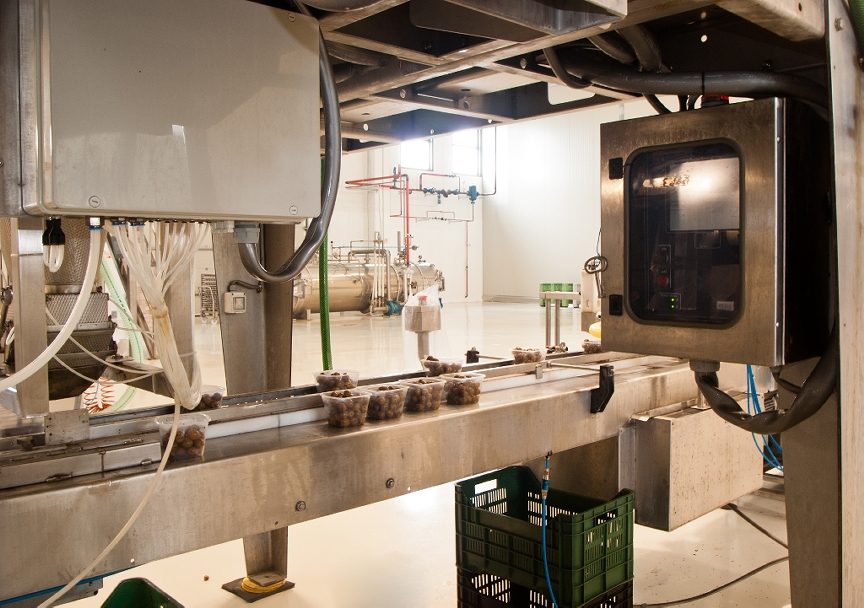Location, Location, Location. Realtors are aware that location is important to home buyers. Many home buyers dream of getting away from the city bustle and heading toward the quiet of the country. Buyers need to learn what comes with the country life and what does not. One thing that does not normally come with a… Continue reading Home Improvement: Well Water Testing
Home Improvement: Well Water Testing










